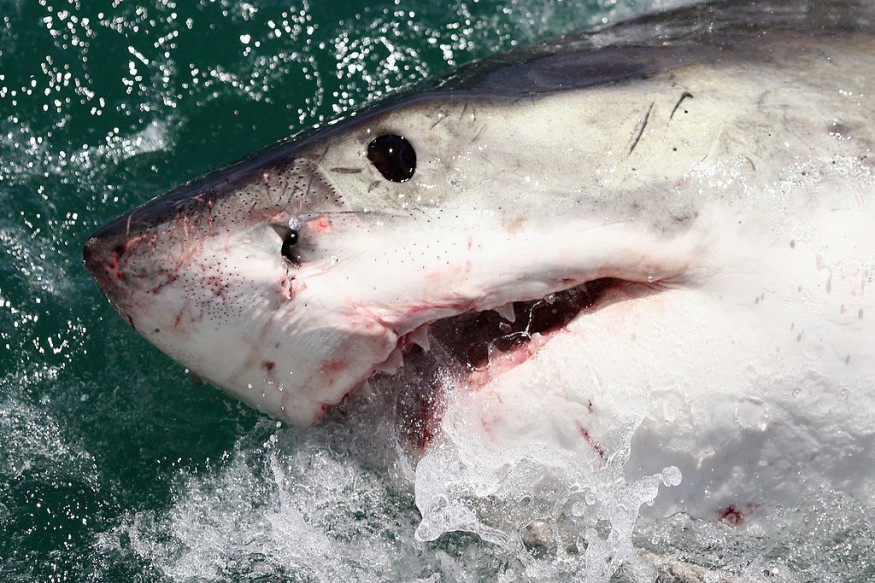
For those who have watched one too many Jaws movies, this might sound like a nightmare. But in reality, great white sharks are vital apex predators that maintain the balance of the ecosystem.
That is why California marine conservationists are celebrating a new milestone as these sharks now have now reached a population of about 300 in the Red Triangle area.
Marine Mammal Protection Act credited for shark success
Different types of conservation efforts all came together for this to happen. Fishing and bycatch deaths have often been a major cause of declining great white shark populations. Thus, laws had been introduced to illegalize them in the area.
On the other hand, another major contributor would not be the first thing that would come to most people's minds: The Marine Mammal Protection Act (MMPA).
With campaign posters showing orcas, seals and dolphins, you would think the MMPA would not have anything to do with sharks. But one must remember, sharks feed heavily on marine mammals for survival. (In fact, the Red Triangle was said to have gotten its name from the blood of seals being eaten by them.)
It is thanks to the MMPA that seals and sea lions have also enjoyed a great boost in numbers and this, in turn, has naturally contributed to the health of the great white sharks. (It certainly is quite an achievement considering that the MMPA is enforced by a very small federal agency.)
Great white sharks of California - a brief history
The great white shark is known to live as long as 70 years and has a history of migrating between California, Hawaii and even beyond that. But despite decades of research, tracking the population of these powerful predators has been difficult.
Fortunately, dedicated tagging and monitoring has allowed scientists to get a good grasp of their numbers in recent years. The bad news though is that this was also how they learned about the great white shark being in great danger.
Their reputation for vicious attacks and on-screen summer horror did not help. Great whites are often listed as the most common species in dangerous shark encounters. It is little surprise that a lot of today's research has been dedicated to clarifying misconceptions about the species.
For the most part, the truth depicts great white sharks as hungry, careful and curious creatures. Of course, they are certainly quite dangerous but the reasons for their behavior are poorly misunderstood.
Years of study have only confirmed that sharks only ever attack humans because of their resemblance to seals. In fact, the marine mammals are the de facto favorite of this ocean apex hunter and can get really vicious if they are hungry enough.
That said, the researchers who have been monitoring the steady rise in shark populations still assure the public that an increase in their population will not necessarily mean more conflict. So long as swimmers learn to stay close to the shallows and observe the right swimming schedules, there is no need to panic and grab a bigger boat.
© 2025 NatureWorldNews.com All rights reserved. Do not reproduce without permission.





